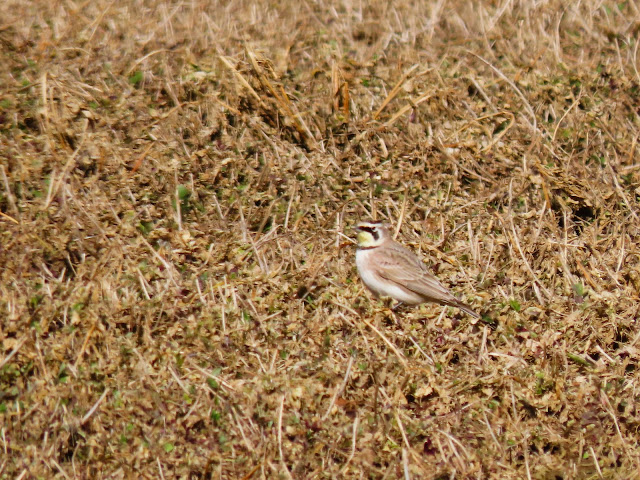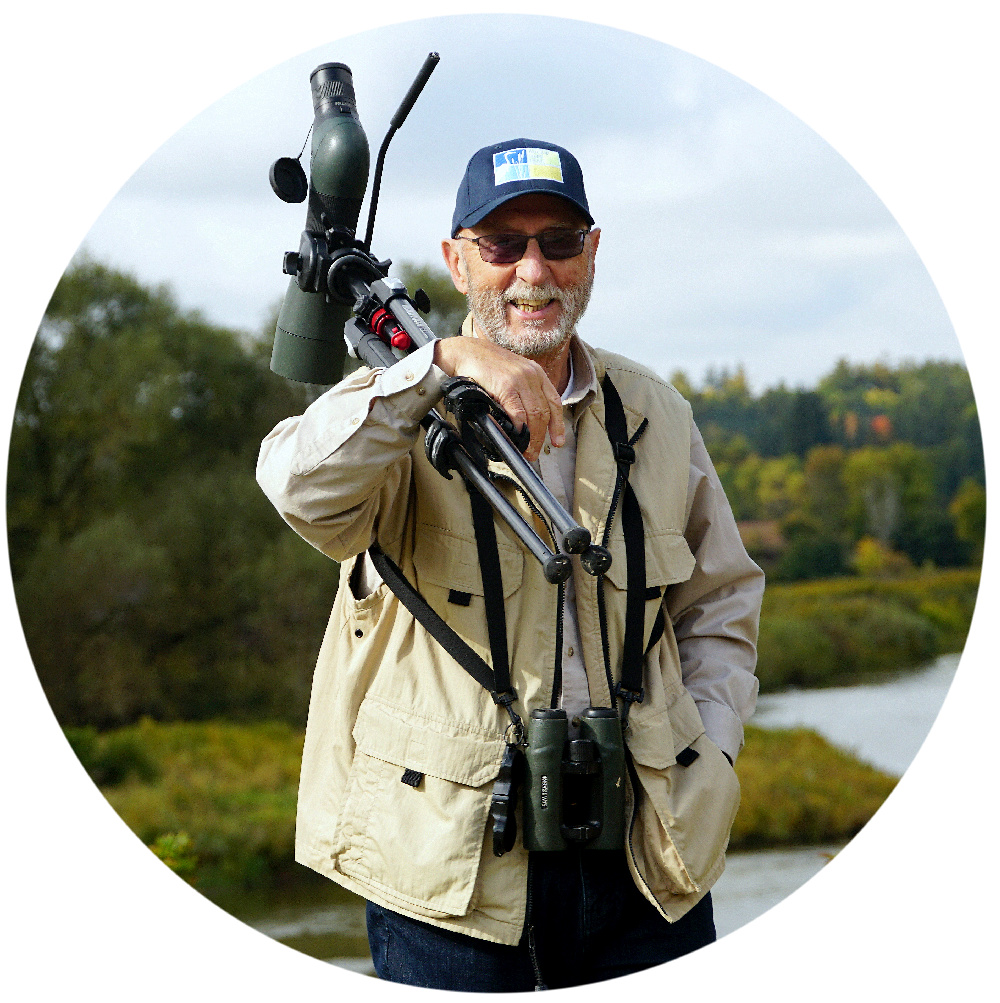It has become a universally accepted practice that the names of birds are shown as proper names to ensure clarity. In other words, did we see a common nighthawk or a Common Nighthawk? Was that a little egret that flew past or a Little Egret? I have checked the last six bird books that I have acquired and without exception this practice is followed - and in scores of books, over many years, before that. Why Marianne Taylor continues to defy what has become established style, is beyond logic. It is also somewhat puzzling to me that Princeton University Press does not adopt a uniform practice in its published works; sadly this is not the case.
Furthermore, it seems inexcusable, that in a book aimed at an audience with at least a minimal level of sophistication, that scientific names are not provided. Actually in the few cases where they are, on page 165, for example, the practice of italicizing scientific names, in use since the time of Linnaeus, is not used here, so instead of Dolichon urbicum we see Dolichon urbicum. Similarly on page 192 Aerodramus fuciphagus becomes Aerodramus fuciphagus. Shoddy and inexcusable. I know of biology professors who would rain terror on their students for such a gross misstep.
Another issue I have is that nowhere in the book does Taylor provide any link to sources. Where did she get her information? How do we validate it? Perhaps we could check the bibliography for further reading material, except there is no bibliography. Not a single reference for further study is listed.
I would take issue with some of her facts. Permit me to mention a couple. She states that "most hirundines use mud as a nest-building material." In fact 56% of hirundines use cavities or tunnels, eschewing mud entirely. Think of familiar New World species such as Tree Swallow, Purple Martin, Northern Rough-winged Swallow, Bank Swallow, Violet-green Swallow and so on. On page 32 Taylor states, "Cliff Swallows.....feed on flying insects, especially swarming kinds such as midges and mosquitoes." The literature is clear, (in numerous texts) that a Cliff Swallow's diet is comprised of around 27% beetles, 27% Hemipteran bugs, 14% Dipteran flies with Hymenoptera and Lepidoptera making up most of the balance.
I find it off-putting that some of Taylor's descriptions get to be downright anthropomorphic. She states that Black-necked Stilts have "ludicrously long" legs. Ludicrously? Really? How about "adaptive", or "commensurate with its lifestyle"?
On page 126 she states that Banded Stilts in Australia will fly up to 2,000 km to take advantage of lakes formed by unpredictable and sporadic storms. It would really enhance the text if she gave at least a few clues as to how the birds detect the presence of these ephemeral water sources at such great distance.
On page 133, speaking of creches, the claim is made that parents leave "once the chicks have grown too big to be eaten by any and all opportunistic hunters" (emphasis mine). What utter nonsense. In fact Taylor goes on in the next paragraph to postulate that "more chicks in a creche reduces the odds of each individual being the unlucky victim of a predator."
There appears to be some serious deficiencies in editing this book.
On page 89, "see page (**) should have had the asterisks replaced with the page number. Chapter 10 is entitled "Mobile Homes". I had a hard time coming to grips with what a mobile home implied, or whether it referred to different breeding and wintering quarters, rather than a nest. Unless I have missed something very obvious (and I have read the chapter three times) the entire text fails to elucidate it at all. I am left having no idea what was intended.
Furthermore, the picture opposite the title page of chapter 10 is of a murmuration of starlings, clearly unrelated, and I assume misplaced from the final chapter on Common Starling where murmurations are discussed. The chapter entitled "Fission and Fusion" speaks of wandering Bohemian Waxwings, unaccompanied by an illustration, yet a picture of a Bohemian Waxwing with an appropriate caption is stranded on the second page of the index (page 222), totally out of context and irrelevant in that location. I am quite sure it has been misplaced.
Does no one check these things before the book goes to print?
Let me finish with a word of praise! The pictures are very good and in a couple of cases excellent.
Sadly this is the best endorsement I can give to a book which I found in most other respects sorely lacking.
How Birds Live Together, Colonies and Communities in the Avian World - Princeton University Press
Marianne Taylor
Hardcover - US$29.95 - ISBN 9780691231907
224 pages - richly illustrated - 7 1/2 x 9 7/8 inches (18.75 x 24.69 cm)
Publication date: 10 May, 2022

.png)






































































.png)
















